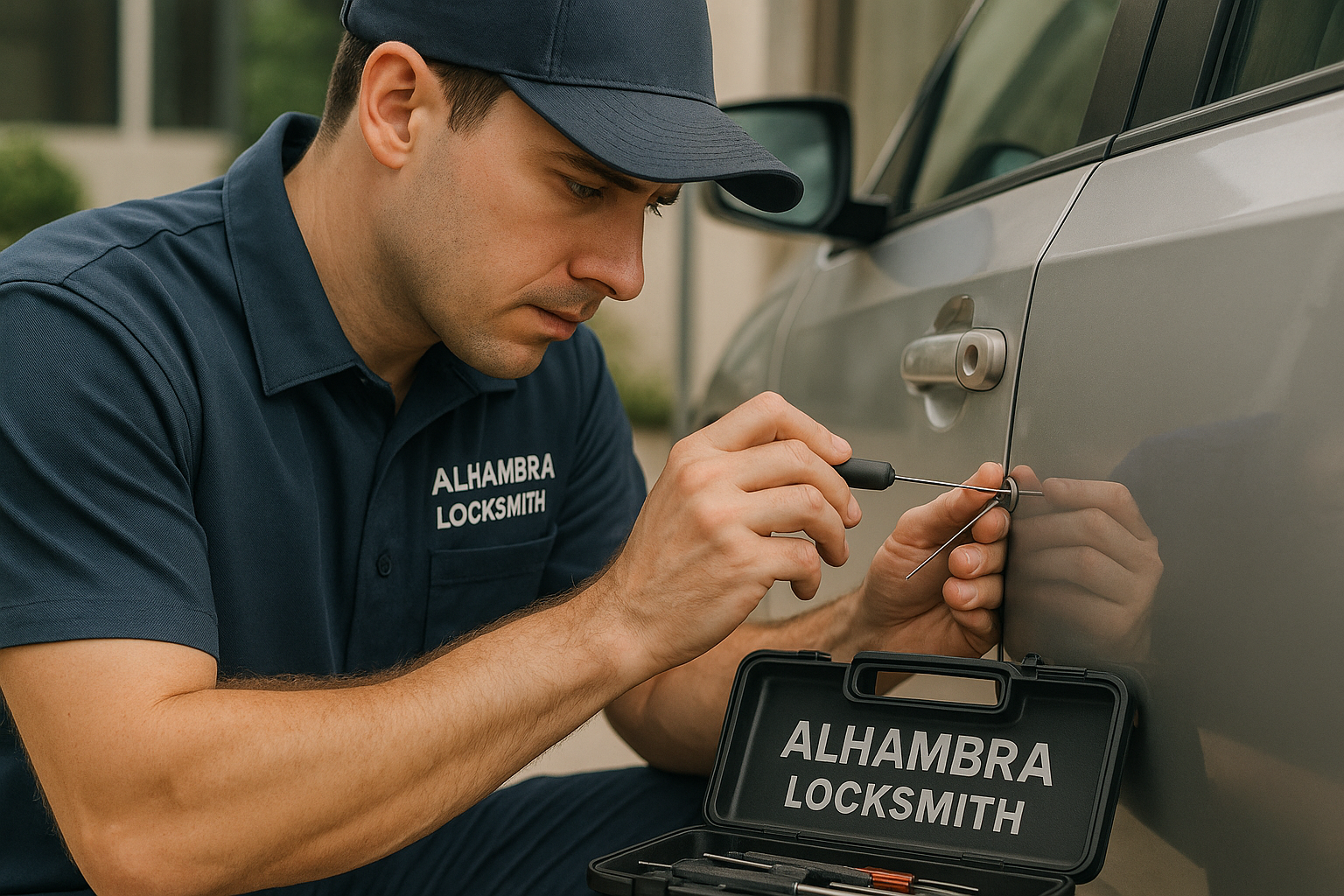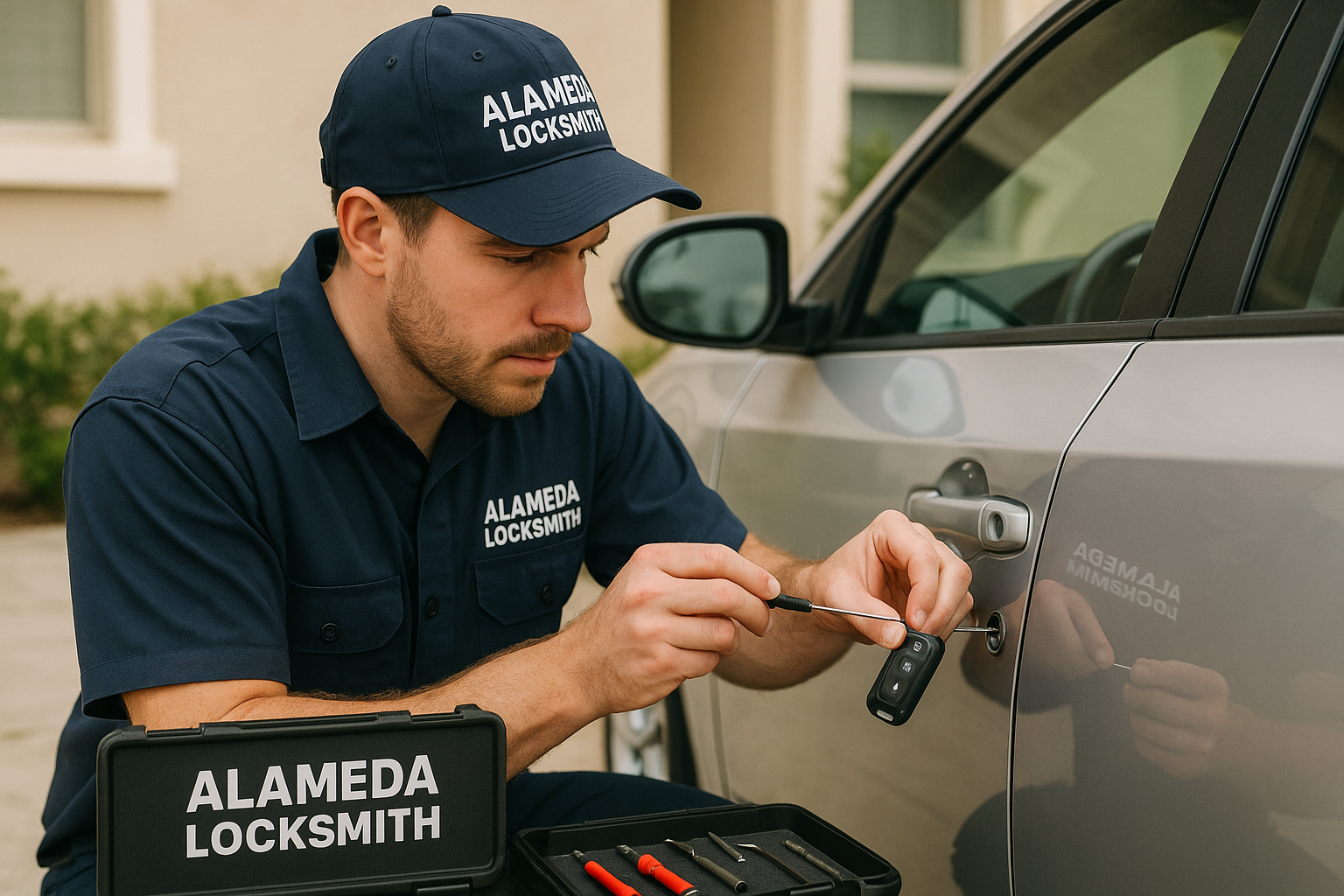
You’re sitting in your office in Melbourne, and your biggest client in Perth is breathing down your neck about a crucial shipment that was supposed to arrive yesterday. Your phone keeps buzzing with messages, and you’re scrambling to get answers from your freight provider. Sound familiar? If you’ve been in the logistics game for any length of time, you’ve probably lived through this nightmare more than once. Stay on top of your freight with accurate and real-time linehaul tracking across Australia, ensuring transparency and peace of mind for every delivery.
The thing is, Australia’s freight landscape is absolutely massive. We’re talking about moving goods across distances that would make most other countries dizzy. When your shipment has to travel from Brisbane to Adelaide, that’s not a quick afternoon drive – it’s a serious journey spanning multiple states, weather conditions, and potential hiccups along the way.
This is where reliable linehaul tracking becomes your lifeline. It’s not just about knowing where your freight is; it’s about having the peace of mind that comes with real-time visibility and the ability to make informed decisions before small problems become major disasters.
Why Traditional Tracking Falls Short
Here’s the reality check nobody wants to hear: those basic tracking systems that give you a status update every 24 hours? They’re about as useful as a chocolate teapot when you’re dealing with time-sensitive freight movements across Australia’s vast network.
Traditional tracking methods often leave massive gaps in visibility. You might know your shipment left Sydney on Tuesday, but what happened during those 18 hours when it was supposedly “in transit”? Did it make all its scheduled stops? Was there a delay at the depot in Goulburn? Did weather conditions force a route change?
These information black holes create stress for everyone involved. Your customers lose confidence, your planning becomes guesswork, and your team spends half their day playing phone tag with carriers trying to get basic updates.
The Real Cost of Poor Visibility
Let’s talk numbers for a moment. When freight moves without proper tracking, the hidden costs start piling up fast. There’s the obvious stuff – missed delivery windows, expedited shipping fees, and penalty clauses. But then there are the sneaky expenses that really hurt: customer dissatisfaction, reputation damage, and the countless hours your staff spend firefighting instead of growing your business.
I once heard about a manufacturing company that lost a major contract because they couldn’t provide accurate delivery estimates to their customer. Their freight was moving perfectly fine, but without reliable tracking, they had no way to communicate realistic timelines. The customer got frustrated with the uncertainty and took their business elsewhere. That’s a six-figure mistake that could have been avoided with better visibility.
What Makes Linehaul Tracking Truly Reliable
Real reliability in freight tracking isn’t just about technology – though that’s certainly important. It’s about having systems that work consistently, provide accurate information, and give you the detail you actually need to make decisions.
The best tracking systems update frequently throughout the journey, not just at major milestones. They account for the realities of Australian freight movement, including the challenges of remote areas where connectivity might be patchy. They also integrate seamlessly with your existing workflows, so you’re not juggling multiple platforms just to get a complete picture.
Companies like Big Wheels Transport have recognized that modern businesses need more than basic tracking. They need comprehensive visibility that covers every aspect of the freight journey, from pickup to final delivery.
Understanding Australia’s Unique Challenges
Australia presents some unique challenges for freight tracking that other countries simply don’t face. The distances are enormous, the routes often pass through areas with limited infrastructure, and weather conditions can change dramatically along a single journey.
Take the Melbourne to Darwin route, for example. Your freight might start in perfect conditions in Victoria, encounter flooding in New South Wales, face extreme heat in Queensland, and deal with tropical conditions in the Northern Territory. Each of these conditions can impact timing, routing, and delivery schedules.
Reliable tracking systems need to account for these variables. They should provide not just location updates, but context about conditions that might affect your shipment. This means integration with weather data, traffic information, and real-time updates about infrastructure issues or route changes.
The Technology Behind Better Tracking
Modern linehaul tracking leverages GPS technology, but it goes well beyond simple location pings. The most effective systems combine multiple data sources to provide a comprehensive view of your freight’s journey.
Telematics systems monitor vehicle performance and driver behavior, which can provide early warnings about potential delays. Electronic logging devices ensure compliance with rest requirements while giving accurate timing predictions. Integration with depot management systems provides updates about loading, unloading, and transfer activities.
The key is finding providers who invest in robust technology infrastructure and maintain it properly. There’s nothing worse than a tracking system that works perfectly 90% of the time but fails you when you need it most.
Real-Time Updates That Actually Matter
Not all updates are created equal. Getting a ping every hour that says “in transit” doesn’t really help anyone. What you need are meaningful updates that provide actionable information.
Good tracking systems tell you when your freight is loaded, when it’s actually moving, when it stops and why, and when it’s expected to reach its next milestone. They alert you to delays before they impact your delivery schedule, and they provide alternative solutions when problems arise.
This level of detail transforms tracking from a passive monitoring tool into an active management system. Instead of simply watching your freight move, you can anticipate issues and take proactive steps to minimize their impact.
Integration with Your Business Operations
The most reliable tracking systems don’t operate in isolation – they integrate seamlessly with your existing business processes. This means automatic updates to your inventory management system, real-time notifications to your customers, and integration with your planning and scheduling tools.
When tracking data flows directly into your operational systems, it eliminates the need for manual updates and reduces the risk of communication errors. Your customer service team can provide accurate information without making phone calls, your planning team can adjust schedules based on real-time data, and your management can make informed decisions about resource allocation.
Building Customer Confidence Through Transparency
Here’s something interesting: customers don’t just want their freight to arrive on time – they want to know it’s going to arrive on time. There’s a big difference between these two things, and reliable tracking bridges that gap.
When you can provide customers with accurate, real-time information about their shipments, it builds trust and confidence in your service. Even when delays occur, customers are much more understanding when they’re kept informed throughout the process.
This transparency also reduces the workload on your customer service team. Instead of fielding constant inquiry calls, they can focus on proactive communication and problem-solving.
Planning for the Unexpected
Australia’s freight network faces regular challenges – from extreme weather events to infrastructure maintenance, from driver shortages to fuel price fluctuations. Reliable tracking systems help you navigate these challenges by providing early warning and alternative options.
When a major highway closes due to flooding, good tracking systems don’t just tell you about the delay – they help identify alternative routes and provide updated delivery estimates. When a vehicle breaks down, they facilitate quick dispatch of replacement transport and minimize disruption to your schedule.
Choosing the Right Tracking Partner
Not all freight companies offer the same level of tracking reliability. When evaluating potential partners, look beyond the basic features and consider the depth of their technology investment, their track record of system reliability, and their ability to provide meaningful support when issues arise.
Ask about their update frequency, their coverage across different regions, and their integration capabilities. Most importantly, ask for references from other customers who have similar freight requirements to yours.
The Future of Freight Visibility
The freight tracking landscape continues to evolve rapidly. Emerging technologies like IoT sensors, artificial intelligence, and blockchain are creating new possibilities for visibility and accountability in freight movements.
While these technologies are exciting, the fundamentals remain the same: reliable tracking requires consistent data collection, accurate processing, and meaningful communication. The companies that succeed are those that balance technological innovation with operational excellence.
Making the Investment Work
Implementing reliable linehaul tracking requires investment, but it’s an investment that pays dividends across multiple areas of your business. Reduced customer service costs, improved customer satisfaction, better resource utilization, and fewer emergency situations all contribute to a positive return on investment.
The key is choosing solutions that scale with your business and provide value across all your stakeholders – from your internal teams to your customers to your freight partners.
Moving freight across Australia doesn’t have to be a leap of faith. With reliable linehaul tracking, you can stay connected with every freight move, make informed decisions, and build the kind of operational excellence that sets your business apart. The question isn’t whether you can afford to invest in better tracking – it’s whether you can afford not to.




